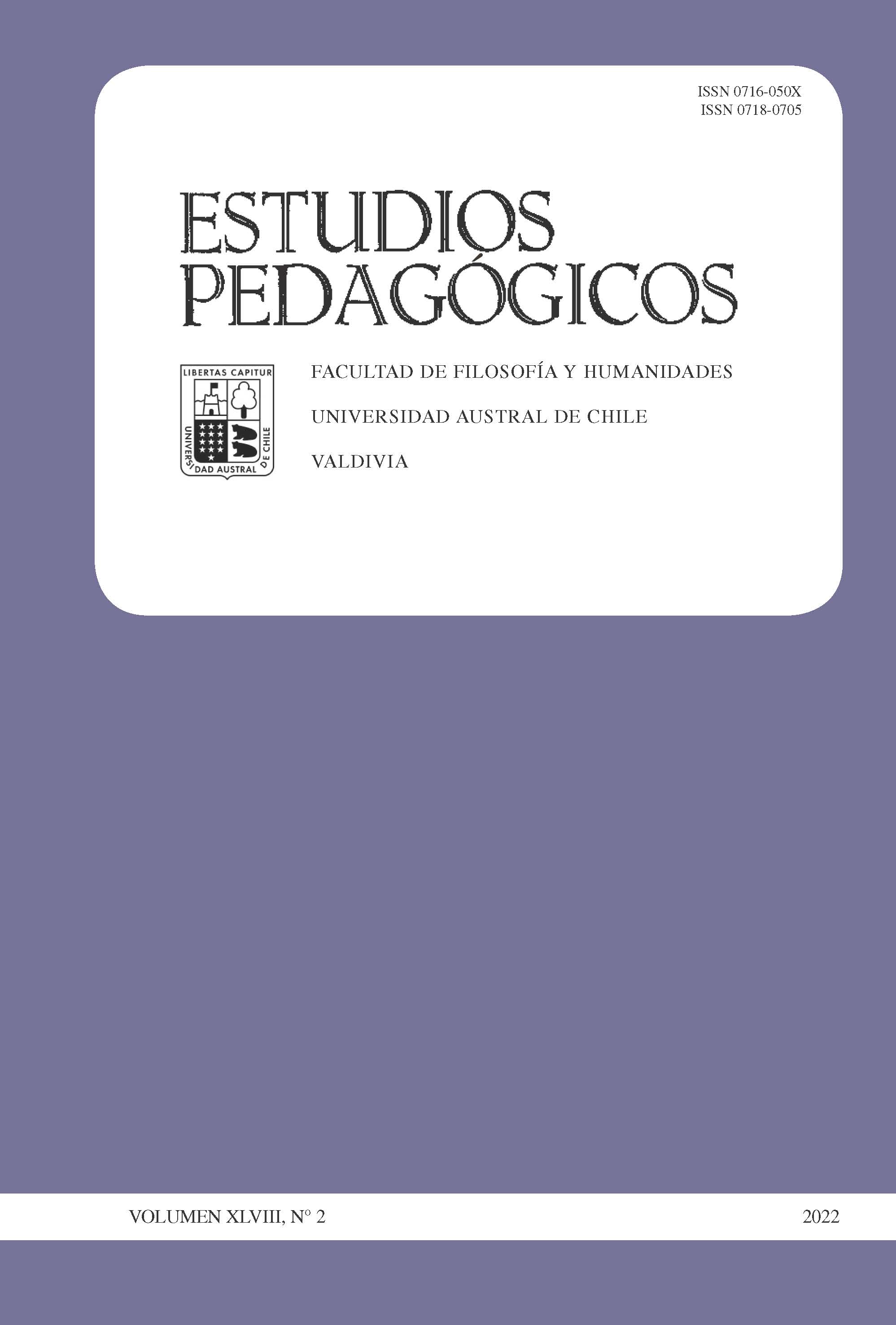Bringing science together. The desirability of a combined research methodology in the social sciences
Main Article Content
Abstract
Knowledge has been artificially divided in distinct sciences, mainly due to the methodologies they employ; quantitative methods commonly being restrictive to the natural sciences and qualitative, to social and human sciences. This would give the first a supposed objectivity and universality. However, the boundaries between qualitative and quantitative approaches can’t be fixed strictly, because knowledge and interpretations are developed on individual construction, therefore they are subjective and variable. Therefore, for better analytical complexity and richness of a social sciences study, different methods should be used to produce a broader perspective, both including data collection and the interpretation of results. That is, to research in an integrated way with both methodologies.
Thus, in the educational context, it would be pertinent, when carrying out a study, to first apply a survey to various actors in the community, from which data can be extracted to describe and interpret the context, as well as concepts that allow the elaboration, delimitation, expansion and incorporation of questions to carry out an in-depth interview with selected individuals. This methodological combination allows to obtain breadth, but at the same time more depth in the analysis, as well as to limit the research instrument, resulting more pertinent.

